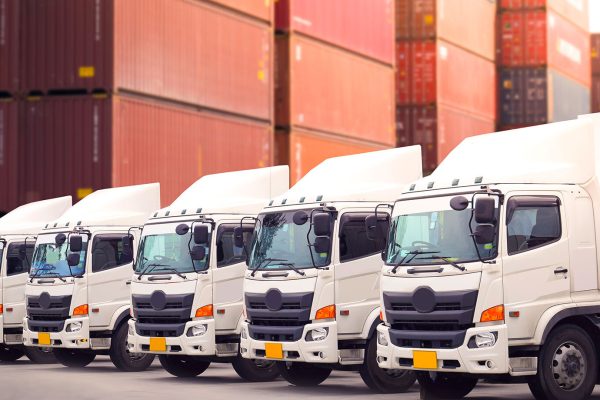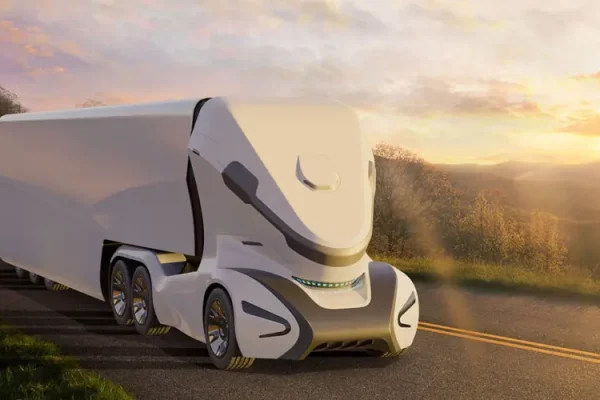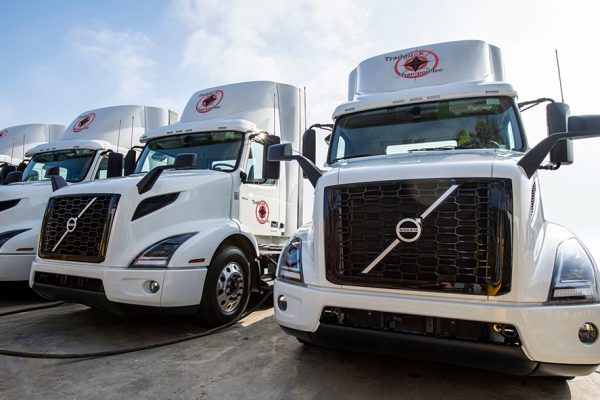
Best Activities To Do In April
Exploring Cherry Blossom Festivals in April April is a month that brings with it the…

Exploring Cherry Blossom Festivals in April April is a month that brings with it the beauty of spring, and one of the most enchanting sights during this time is the blooming of cherry blossoms. Cherry blossom festivals are a popular way to celebrate the arrival of spring and enjoy the stunning display of delicate pink…

In the trucking industry, where millions of miles are covered by drivers each year the thin line between routine delivery and potential hazard is often underscored by preparedness — embodied in the essential truck driver emergency kit. It’s a sobering reality that approximately 500,000 trucking accidents occur annually in the United States alone. This statistic…

Amazon will accept Visa credit cards across all of its sites after the two businesses reached a global agreement. The online retail giant had last year threatened to stop the use of Visa credit cards in the UK due to the fees Visa charged to process payments. Amazon customers in Singapore and Australia also had…

In today’s increasingly digital world, we must protect our data from malicious individuals seeking access. A phone spy app is one of the most effective ways to do this. Not only can it help you track your phone’s activities and detect any unauthorized access attempts, but it also allows you to set up notifications to…

Women have been making significant strides in various industries traditionally dominated by men, including the world of trucking. These pioneering women have been breaking barriers and challenging stereotypes in a male-dominated sector. In the trucking industry, where long hours on the road and physical demands are common, women have been proving that they have the…

Facebook’s parent company Meta is reportedly planning to begin large-scale lay-offs this week that will affect thousands of employees. US media reported at the weekend that the job cuts could be announced as early as Wednesday. During Meta’s disappointing third quarter results, chief executive Mark Zuckerberg said staffing might fall. “In 2023, we’re going to…

Integration of electric vehicles to reduce carbon emissions. One of the key obstacles faced by trucking businesses is the high level of carbon emissions produced by traditional diesel trucks. Implementing sustainable solutions involves embracing innovative technologies such as electric vehicles. By integrating electric trucks into their fleets, companies can significantly reduce their carbon footprint and…

Moreover, the introduction of cloud computing solutions has further revolutionized the trucking and auto logistics industry. Cloud-based platforms offer scalability, real-time data accessibility, and enhanced collaboration among stakeholders. By utilizing cloud technology, companies can streamline communication, optimize resource allocation, and improve overall operational agility. The emergence of IoT (Internet of Things) devices has also had…

Electric vehicles have been gaining popularity in recent years, with more and more companies investing in this sustainable technology. One of the latest developments in the industry is the acquisition of a prominent electric car maker by a major trucking firm. This strategic move signals a significant shift towards cleaner transportation solutions in the commercial…

Managing a truck and vehicle fleet efficiently is crucial for businesses that rely on transportation for their operations. Effective strategies can help streamline operations, reduce costs, and improve overall productivity. Regular Maintenance Schedule Implementing a regular maintenance schedule for all vehicles in your fleet is essential to ensure they are in optimal condition. This includes…